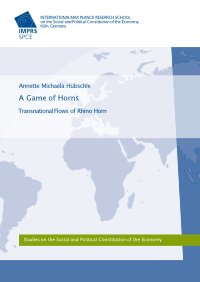By Sara Bianca Taverriti
Irregular migrants face particular challenges in interacting with law enforcement authorities to report a crime, as they fear detection and deportation. This fear, together with their generally precarious situation, makes them particularly vulnerable to crime. This report aims to explain the existing legislation, policy and practices impacting on migrants’ ability to access the Criminal Justice System in Italy, as either victims or witnesses, without running the risk of self-incrimination or deportation. In particular, the report focuses on ‘firewall’ practices – that is, measures that encourage reporting of crime by migrants with irregular status by neutralising the risk and the fear of deportation and expulsion as a consequence of reporting crime. This report is intended to analyse the strengths and weaknesses of these measures, in order to assess their effectiveness in facilitating safe reporting of crime by irregular migrants. Finally, the report will consider the potential of policy reforms in the area of safe reporting, including by considering the potential for implementation in Italy of local measures known as ‘sanctuary policies’. This research contributes to a project on safe reporting of crime for victims and witnesses with irregular migration status in Europe and the United States undertaken by the Centre on Migration, Policy and Society (COMPAS) at the University of Oxford.1 As well as Italy, this project examines the United States, Spain, the Netherlands and Belgium. The ultimate aim of the project is to promote learning of best practices and knowledge-exchange on this topic between countries. It also aims to evaluate the legal and political replicability of ‘firewall’ policies across different countries, and in particular the legal replicability of US experiences (for example, that of ‘sanctuary cities’) in European contexts.
Bristol, UK: COMPAS, Global Exchange on Migration and Diversity, 2019. 46p.





















